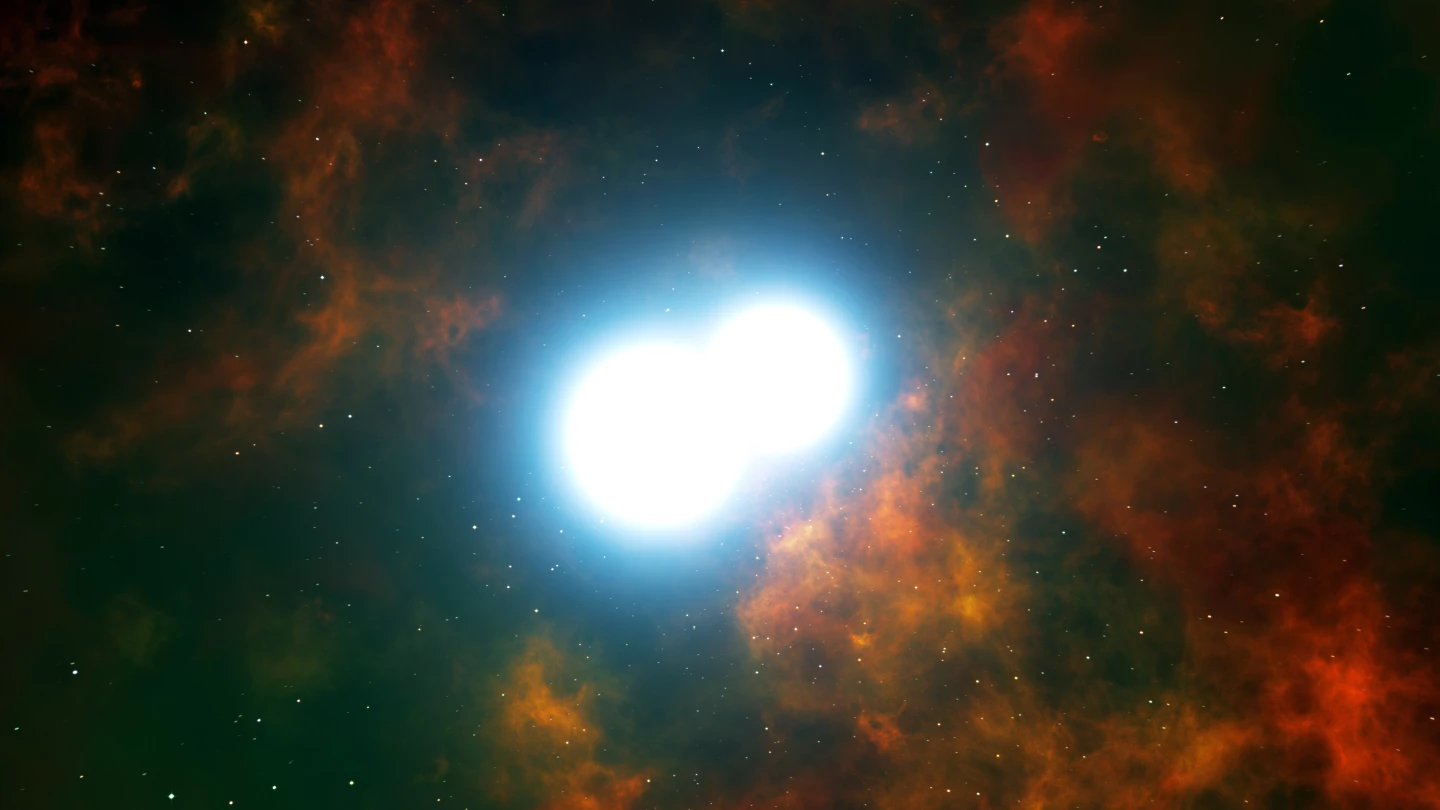A team of ESO astronomers have discovered two stars at the heart of a planetary nebula that are destined to collide some 700 million years from now, igniting a vast supernova explosion. The findings support theories concerning Type Ia supernovae and the irregular shape of some nebulae.
The observations were made using the ESO’s Very Large Telescope (VLT), in combination with telescopes in the Canary Islands. The discovery of the doomed stellar partners came as somewhat of a surprise to the team, with the study initially focusing on the question of why some stars produce strange, asymmetric nebulae towards the end of their lifespans.
What they found were two white dwarf stars with a total mass around 1.8 times that of our sun, resting at the heart of planetary nebula Henize 2-428. The small, dense stars orbit one another every four hours, and due to their close proximity, are thought to be growing ever closer together.

The observations support existing theories pertaining to Type Ia supernovae, that occur when white dwarf stars acquire additional mass – in this case by merging with a partner star. Once the star hits the Chandrasekhar limit it collapses into a supernova explosion.
"Until now, the formation of supernovae Type Ia by the merging of two white dwarfs was purely theoretical," said ESO Fellow David Jones. "The pair of stars in Henize 2-428 is the real thing."
The findings are expected to have an impact on the study of Type Ia supernovae, that are routinely used to measure astronomical distances. You can check out the video below for an artist's impression of the two stars colliding.
Sources: ESO





